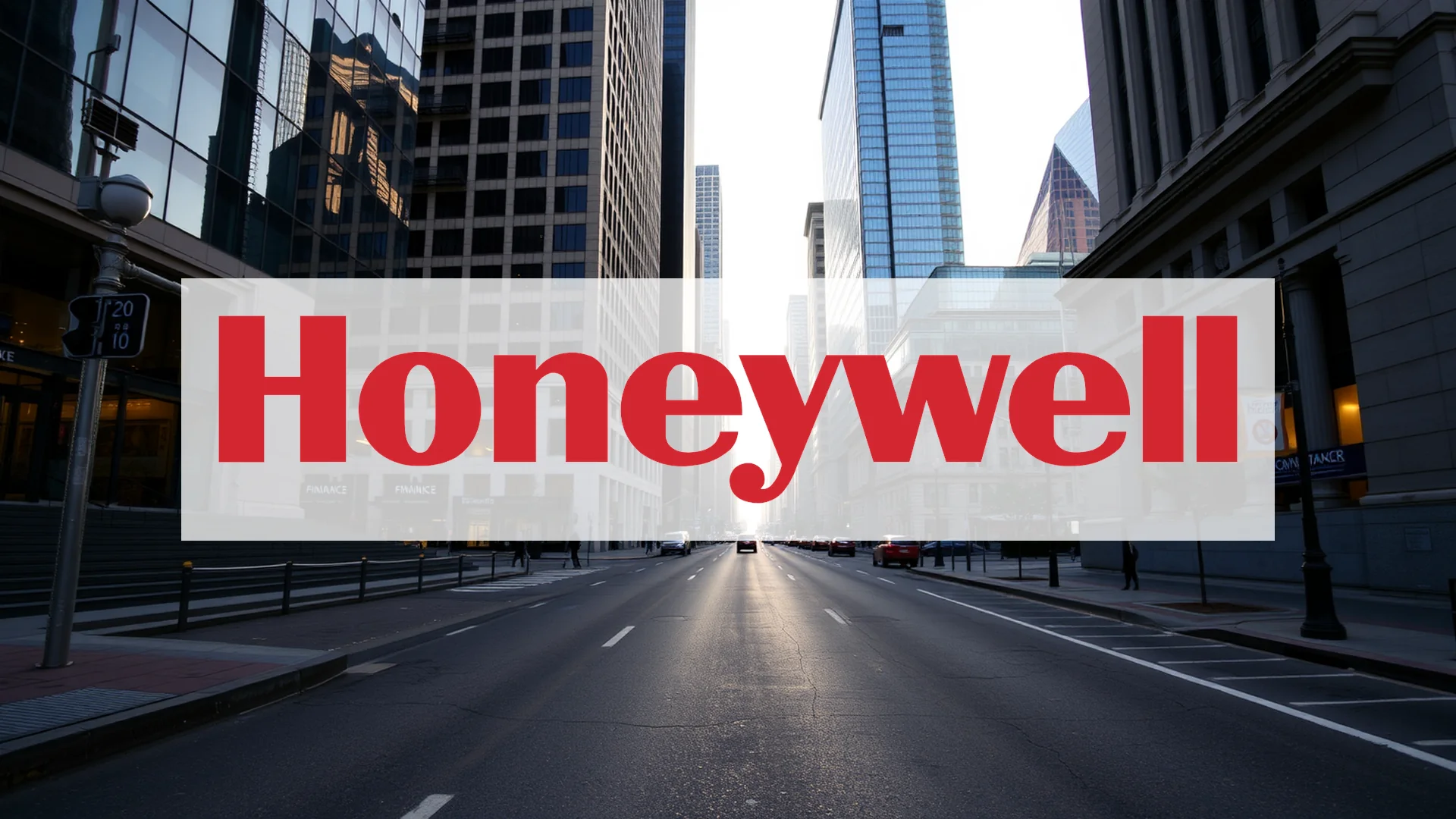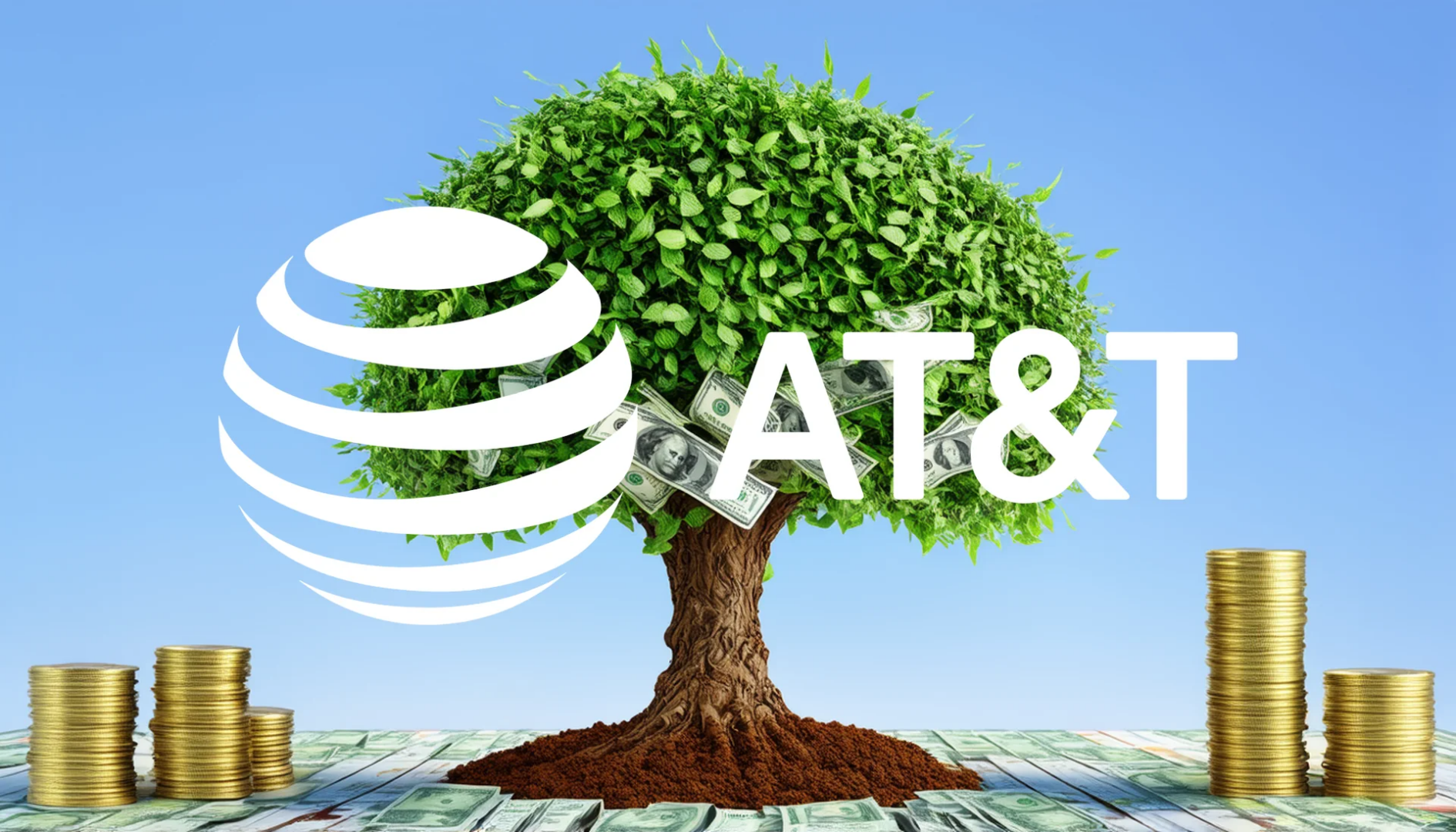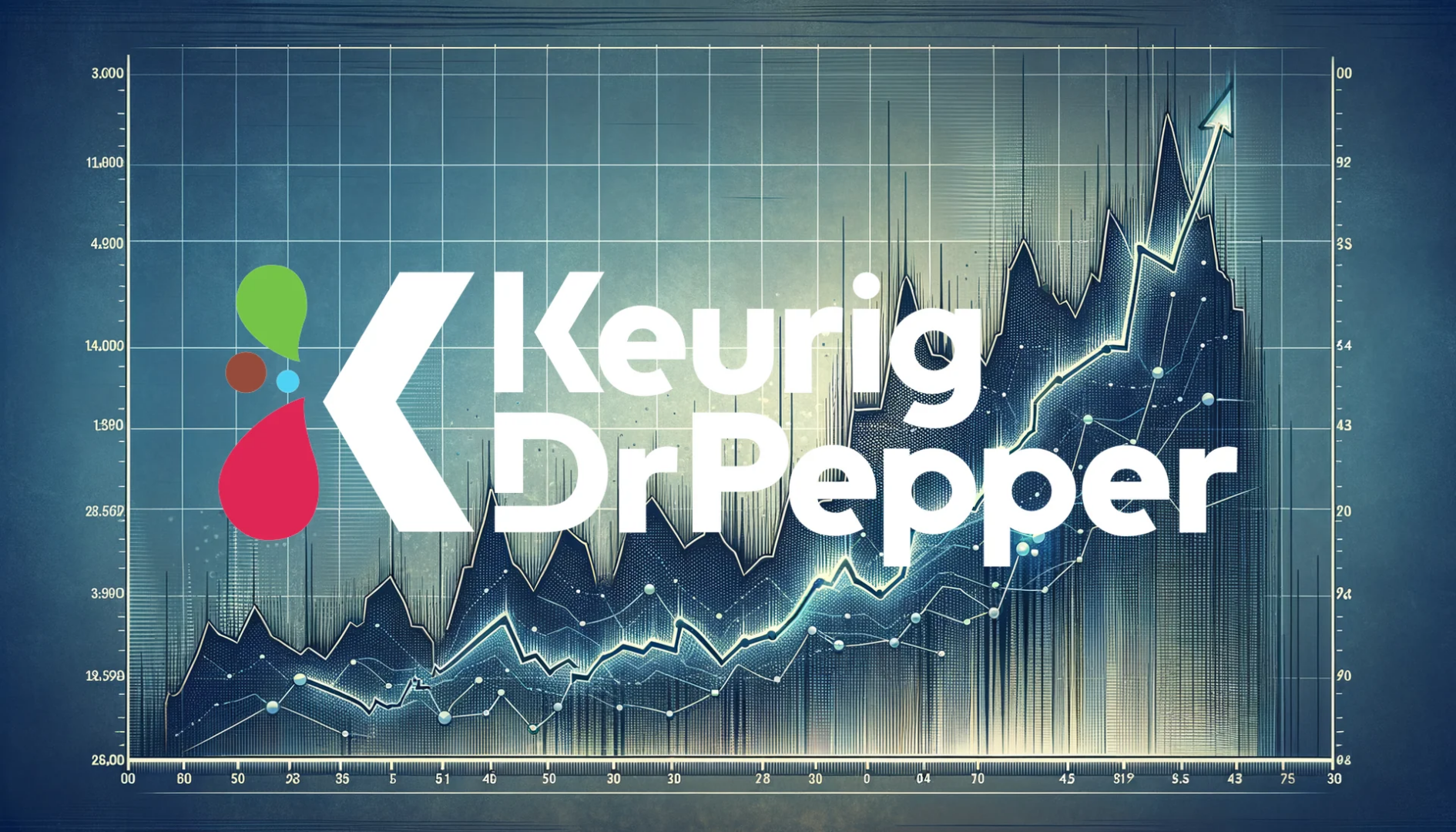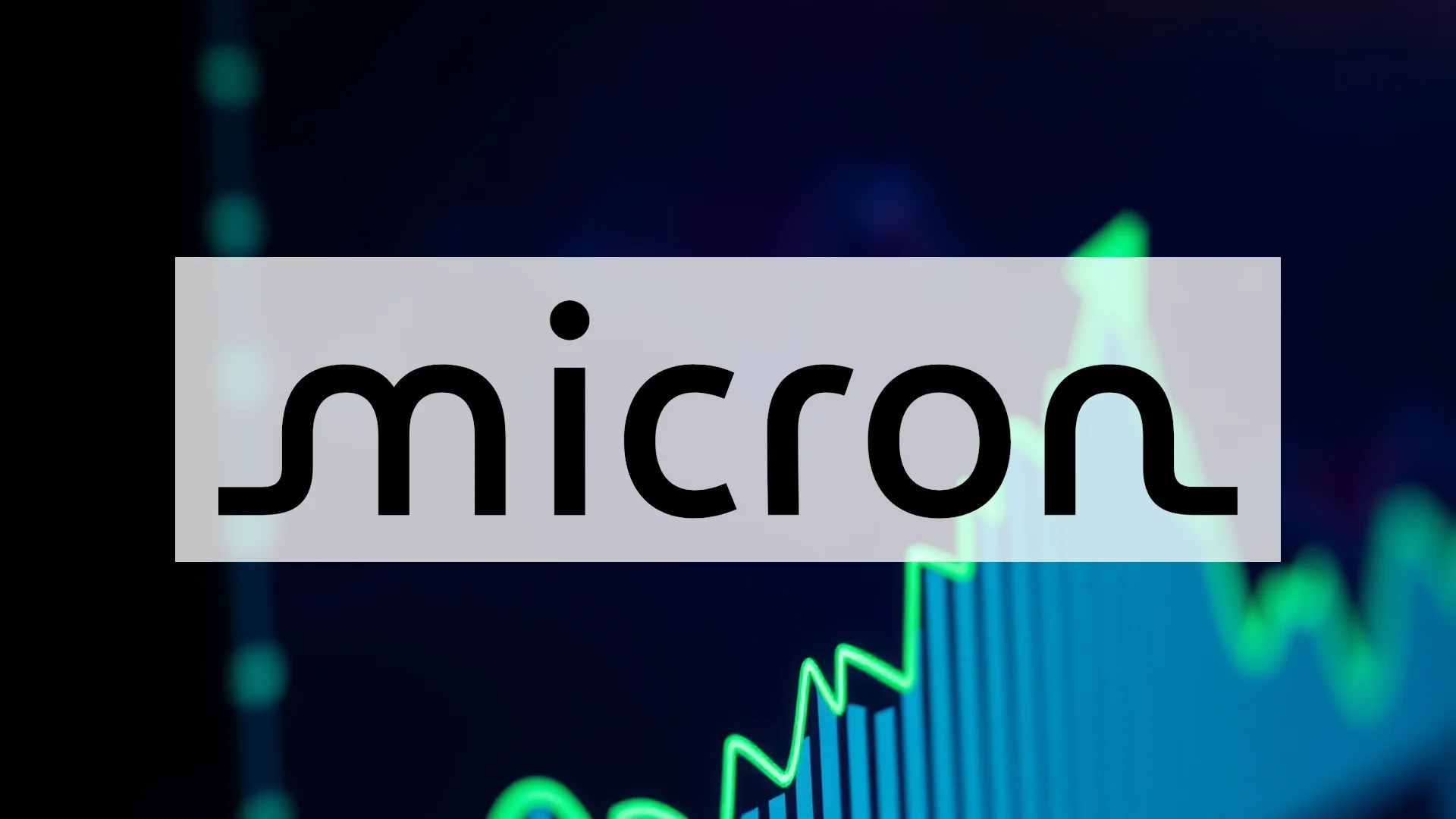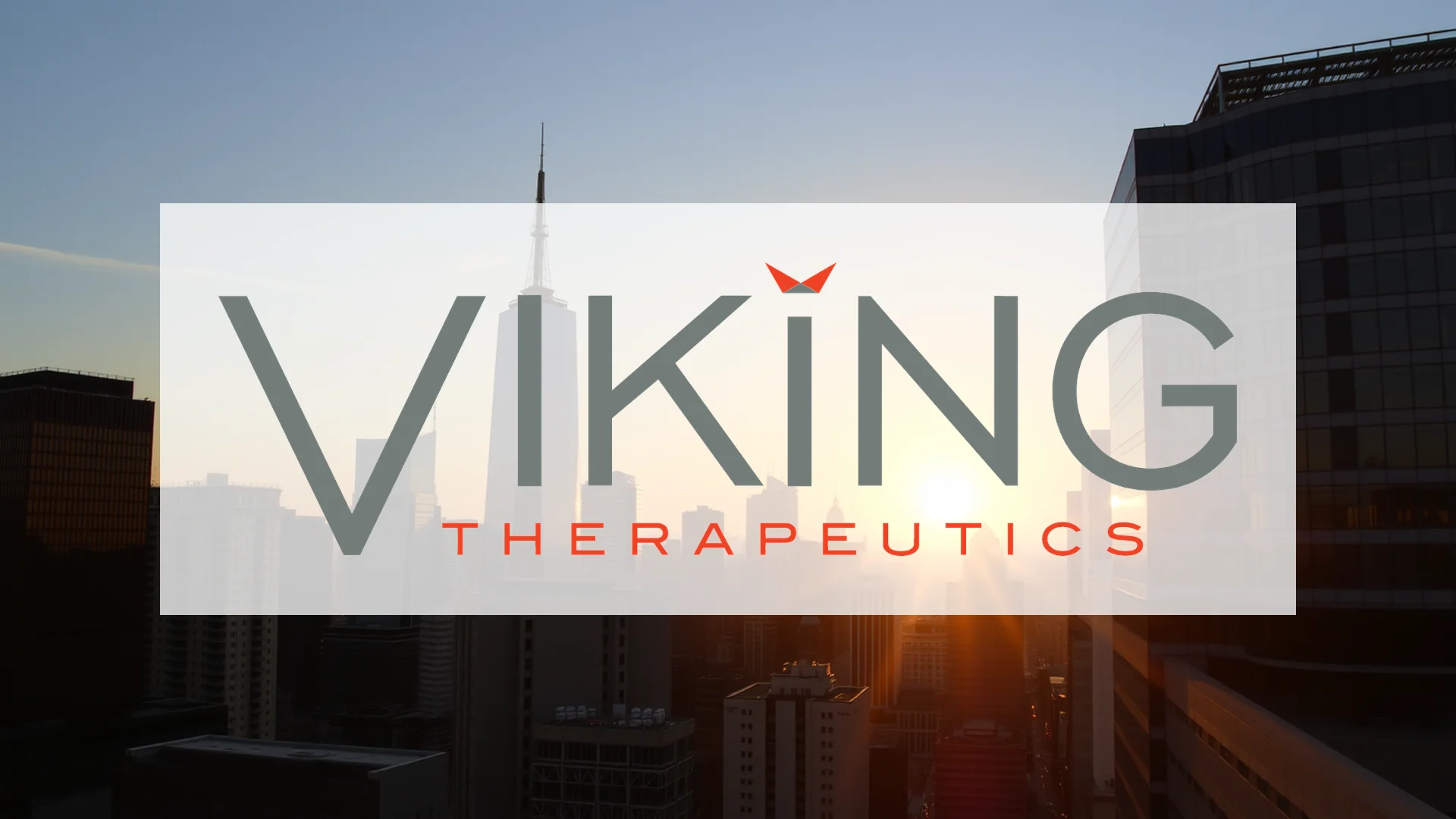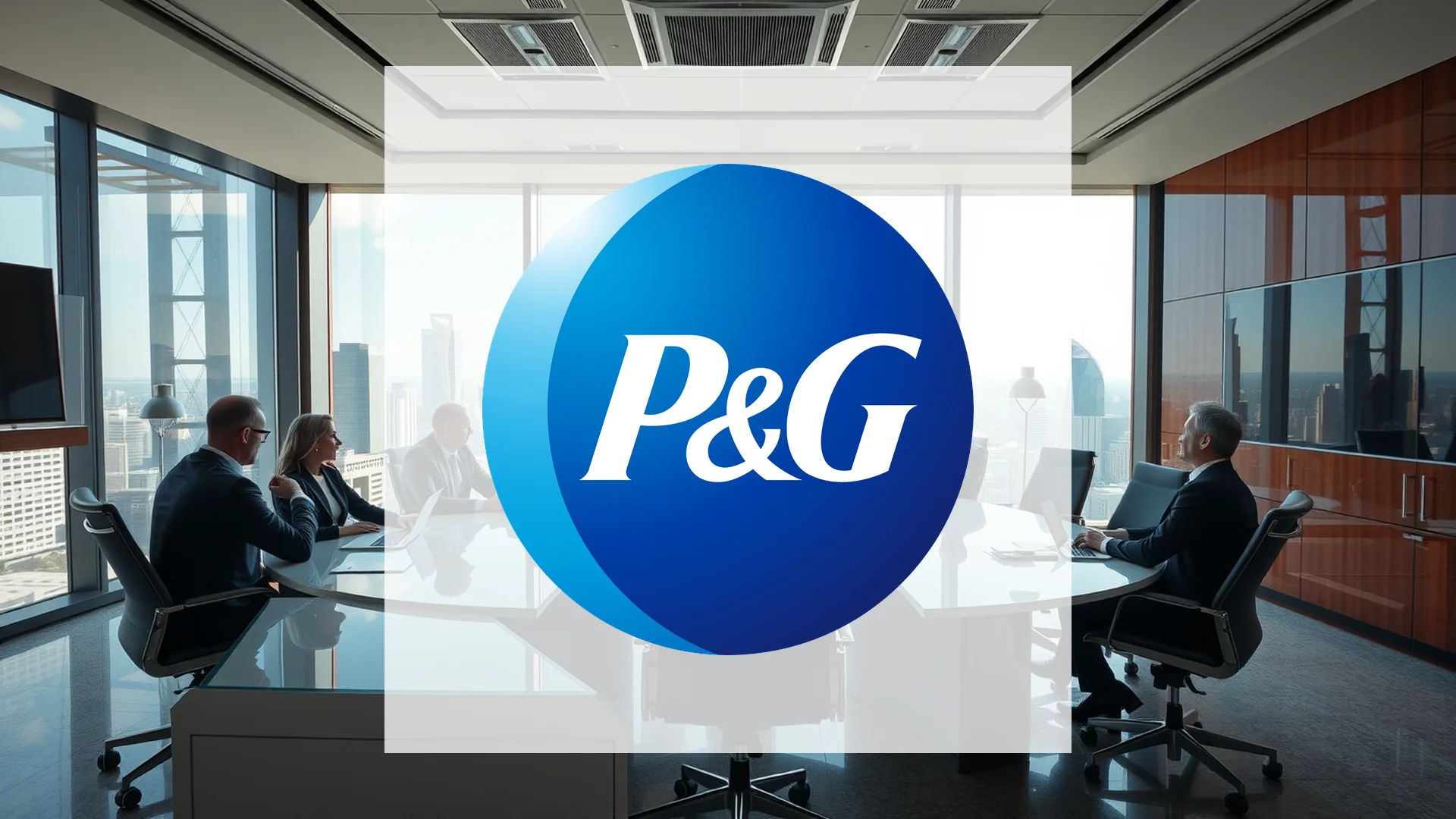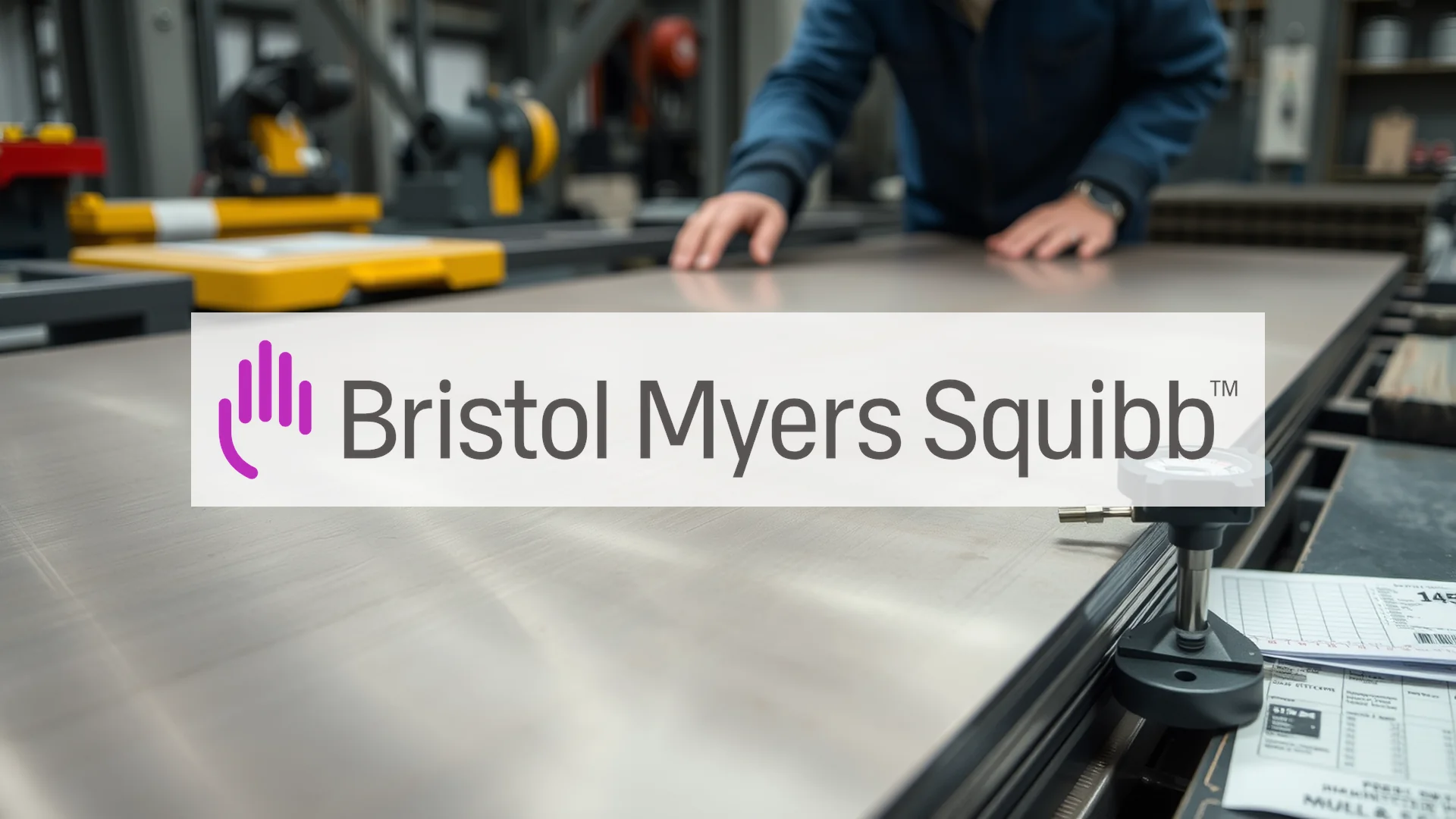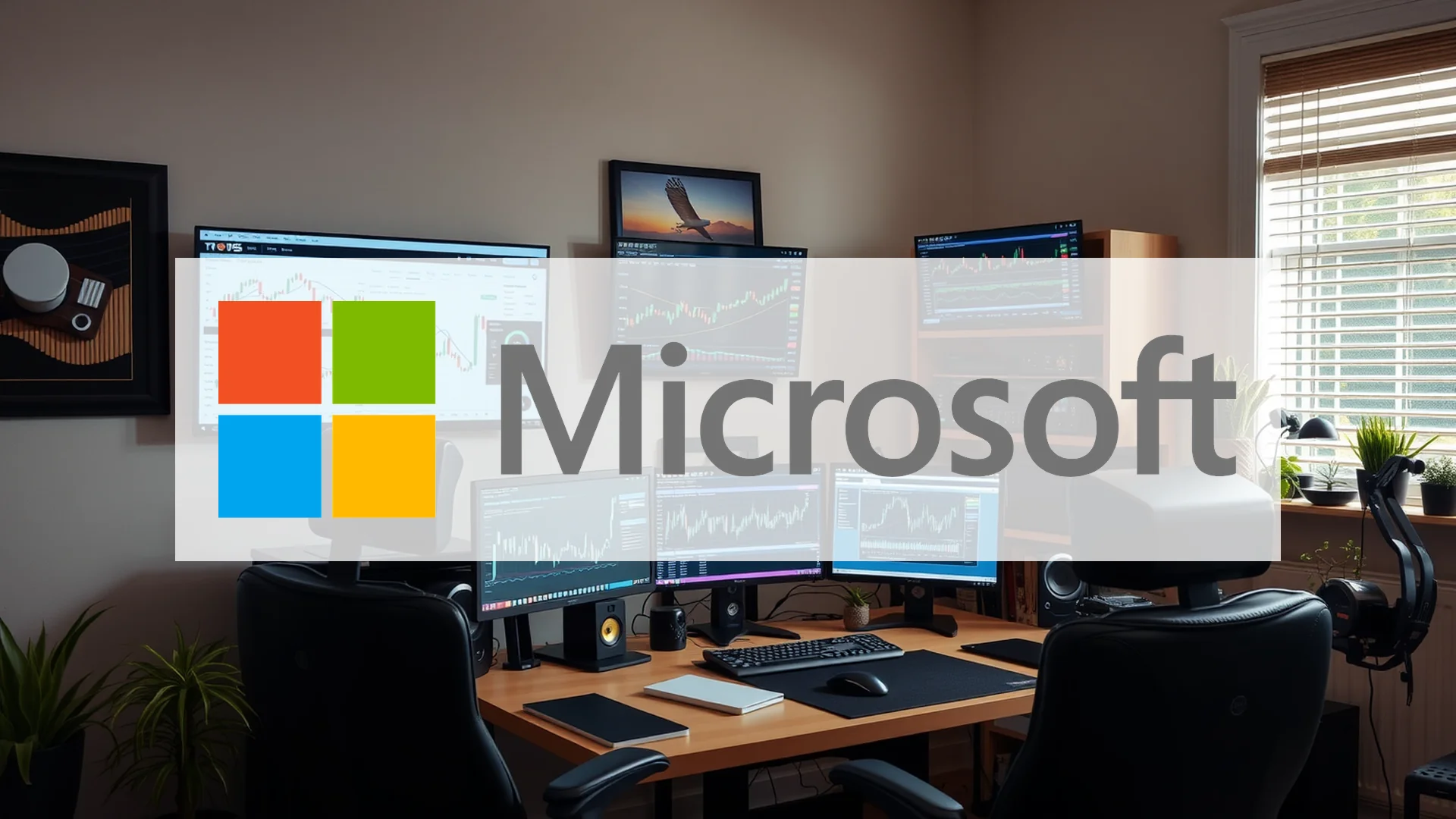Industrial conglomerate Honeywell is embarking on a transformative period for its investors, propelled by two major strategic initiatives. The company is not only advancing its long-anticipated corporate separation but has also executed a multi-billion dollar transaction to resolve a persistent legacy issue. This dual approach could potentially catalyze a significant re-rating of the company’s stock.
Shareholders Set for Dual Windfall
Investors are positioned to benefit in two distinct ways. The board of directors has authorized a 5.3% increase in the annual dividend, raising it to $4.76 per share. This enhanced payout becomes effective with the distribution on December 5. Concurrently, stockholders will receive shares in the newly independent entity, Solstice Advanced Materials, set to begin trading shortly after the separation is finalized.
Corporate Separation Gains Momentum
The timeline for Honeywell’s breakup is now clear. The company has set October 17, 2025, as the record date for determining which shareholders will receive stock in Solstice Advanced Materials. The distribution ratio is set at one share of Solstice for every four shares of Honeywell held. Trading of Solstice shares on the Nasdaq exchange is expected to commence around October 30 under the ticker symbol “SOLS.”
The strategic rationale behind this move is to create two more focused enterprises: Honeywell will concentrate exclusively on building and industrial automation technologies, while Solstice will operate as an independent advanced materials specialist. The market is expected to value these streamlined companies more highly than the previous diversified conglomerate structure.
Should investors sell immediately? Or is it worth buying Honeywell?
Balance Sheet Strengthened by Legacy Resolution
In a parallel development, Honeywell has successfully offloaded its historical asbestos-related liabilities in a deal with Delticus. The transaction involved a cash payment to Honeywell of approximately $1.68 billion. This strategic maneuver provides a permanent solution to a decades-old financial overhang and is projected to boost annual free cash flow by more than $100 million.
While the company will book a one-time, after-tax charge of $115 million, this non-recurring accounting loss will be excluded from its adjusted earnings per share—a clear example of strategic financial management aimed at enhancing the company’s core profitability metrics.
All attention now turns to October 23, when Honeywell is scheduled to release its third-quarter earnings. These results will be scrutinized for early evidence of whether the company’s liberation from its legacy burdens and its sharper operational focus are translating into improved financial performance.
Ad
Honeywell Stock: Buy or Sell?! New Honeywell Analysis from October 2 delivers the answer:
The latest Honeywell figures speak for themselves: Urgent action needed for Honeywell investors. Is it worth buying or should you sell? Find out what to do now in the current free analysis from October 2.
Honeywell: Buy or sell? Read more here...

